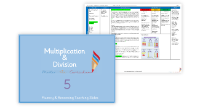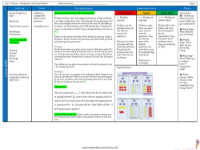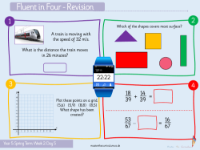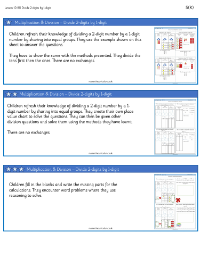Multiplication and Division (2) - Divide 2-digits by 1 -digit - Presentation
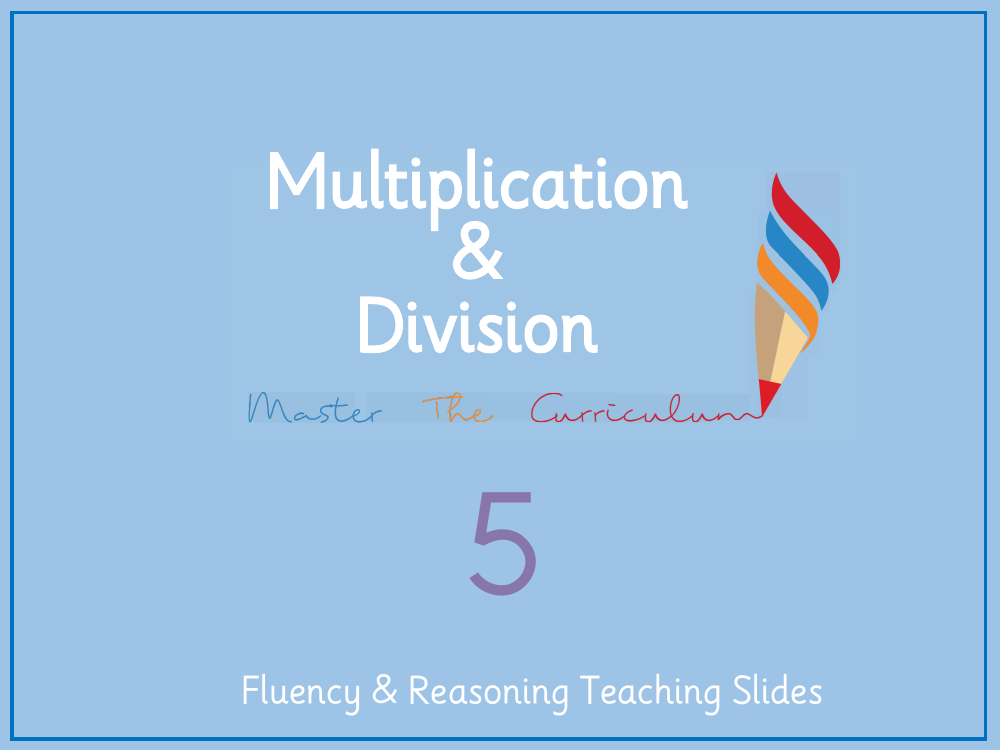
Maths Resource Description
The lesson on dividing two-digit numbers by one-digit numbers revisits the concept of partitioning to simplify the division process. Students are encouraged to think about how partitioning can aid in division tasks. The lesson involves a step-by-step approach: first, building the number by separating tens and ones, then dividing the tens by the divisor, followed by dividing the ones. For example, to divide 36 by 3, students would partition it into 30 (tens) and 6 (ones), then divide each part by 3 to get 10 and 2, respectively, resulting in a final answer of 12. This method is then applied to other numbers such as 69, 88, and 96, with students using place value counters to visualise the partitioning and division steps.
Reasoning tasks are incorporated to deepen understanding, such as determining whether a calculation like 72 ÷ 3 would require an exchange, with the explanation that 70 is not a multiple of 3 and therefore would leave a remainder. Additional reasoning exercises include comparing division statements using inequality symbols and figuring out into how many groups a number of sweets can be equally shared without leftovers. Independent work reinforces the lesson by having students apply partitioning to various division problems and discuss related questions to identify patterns and understand the division process more thoroughly. For instance, if students know that 96 ÷ 4 equals 24, they are prompted to deduce what 96 ÷ 8 and 96 ÷ 2 would be, encouraging them to spot relationships between the numbers.

